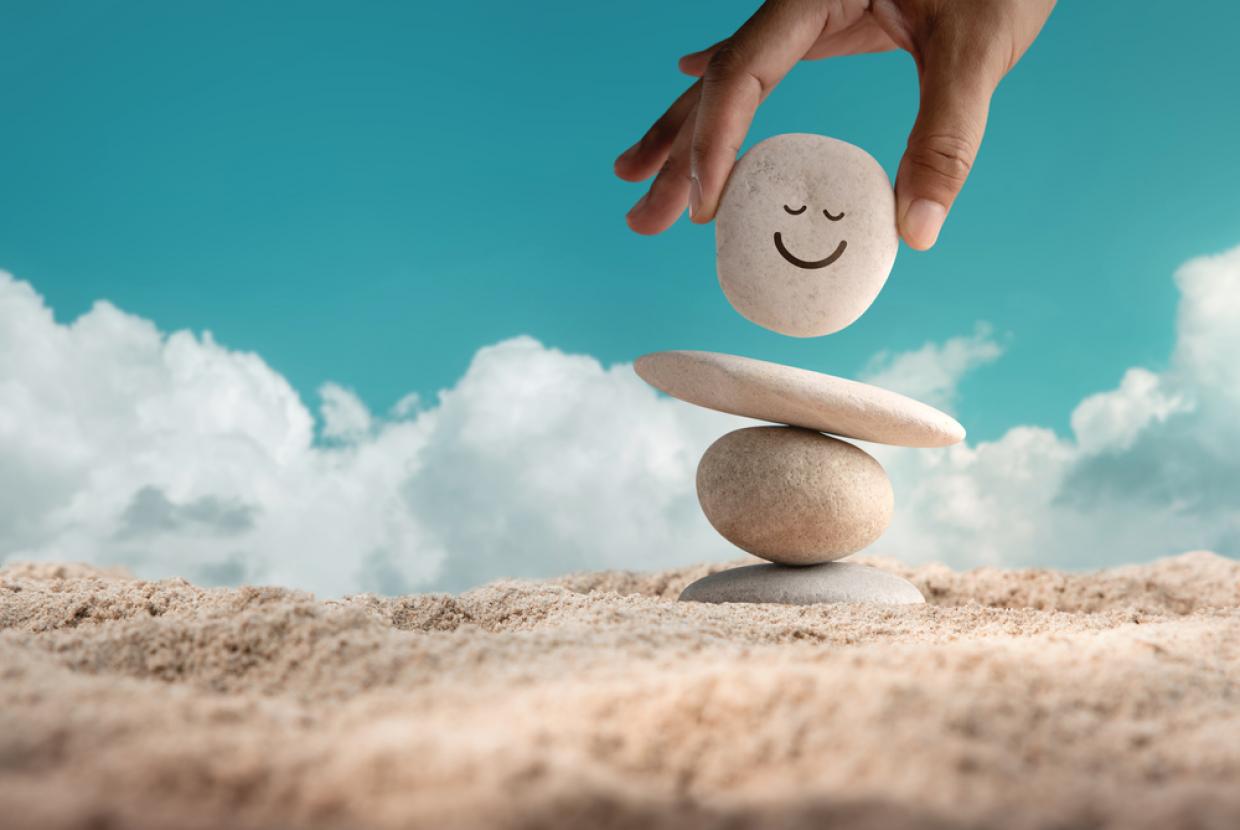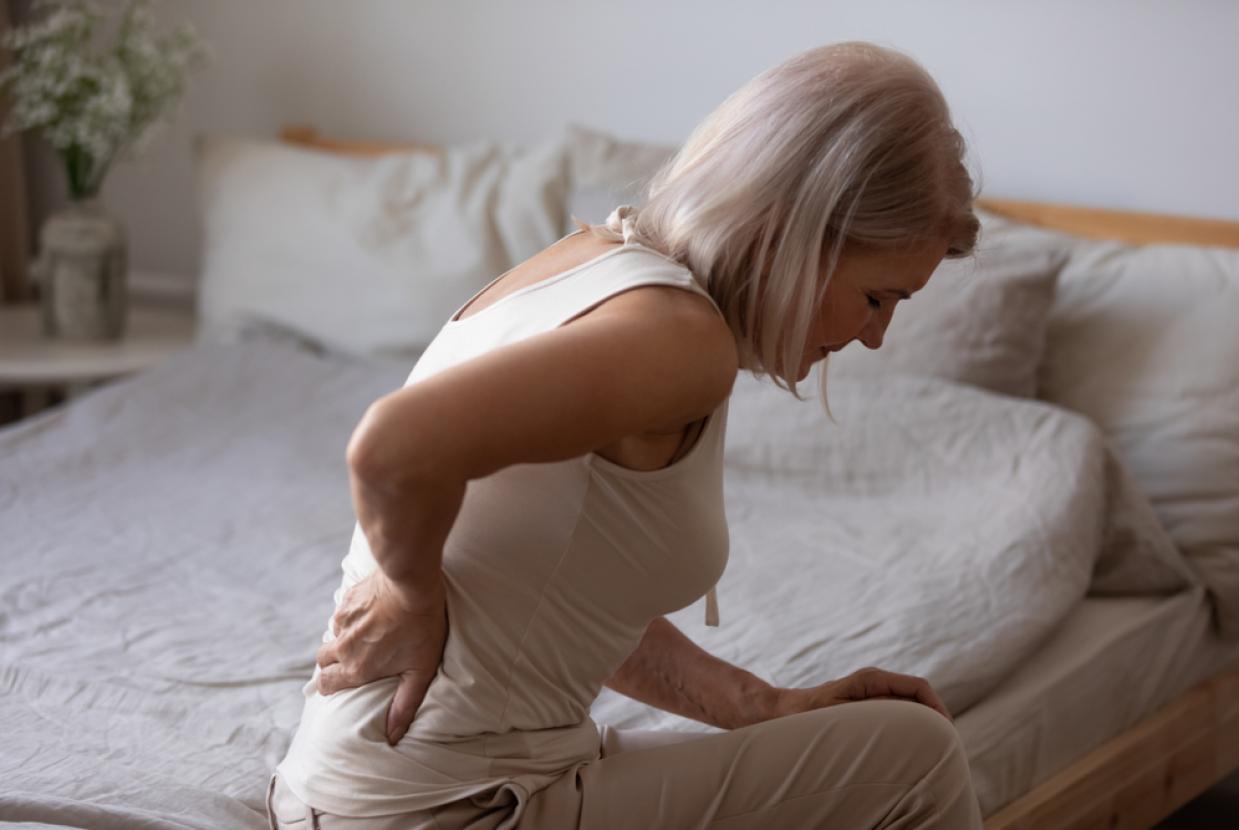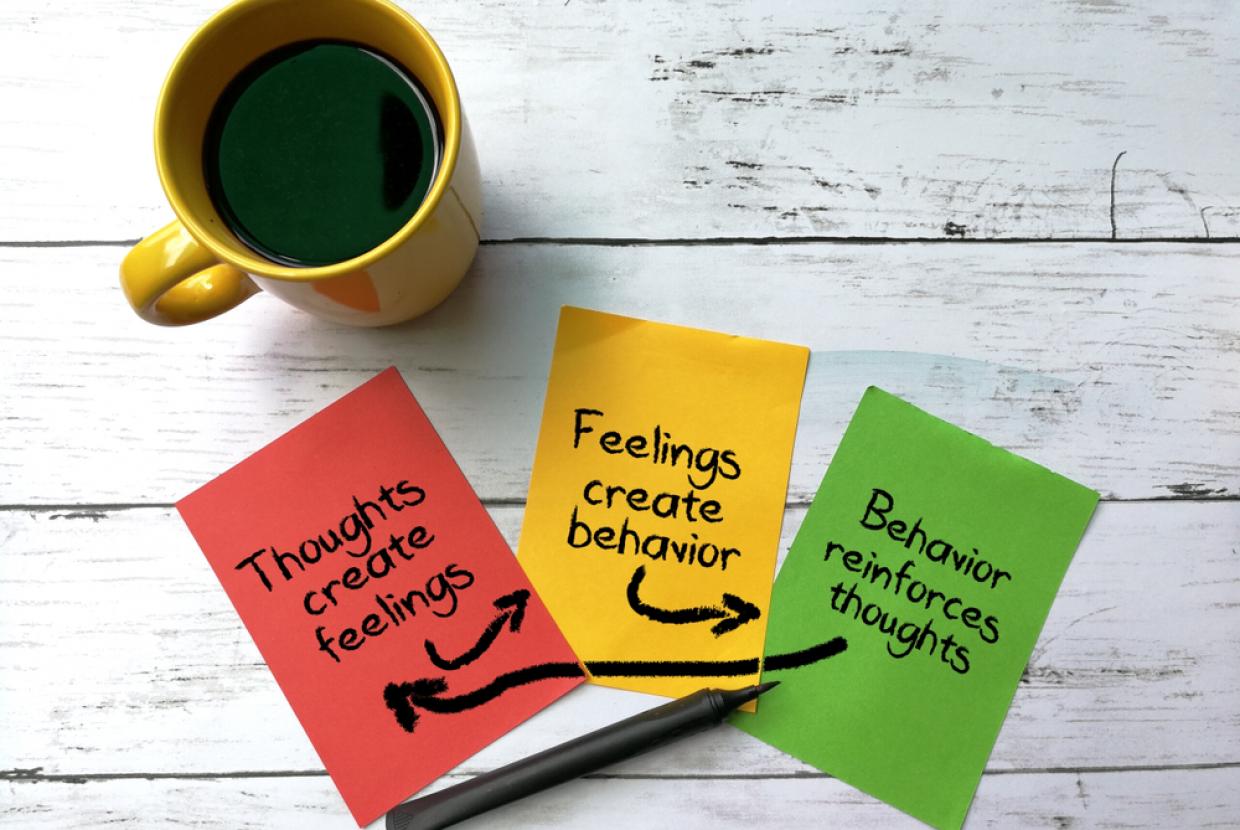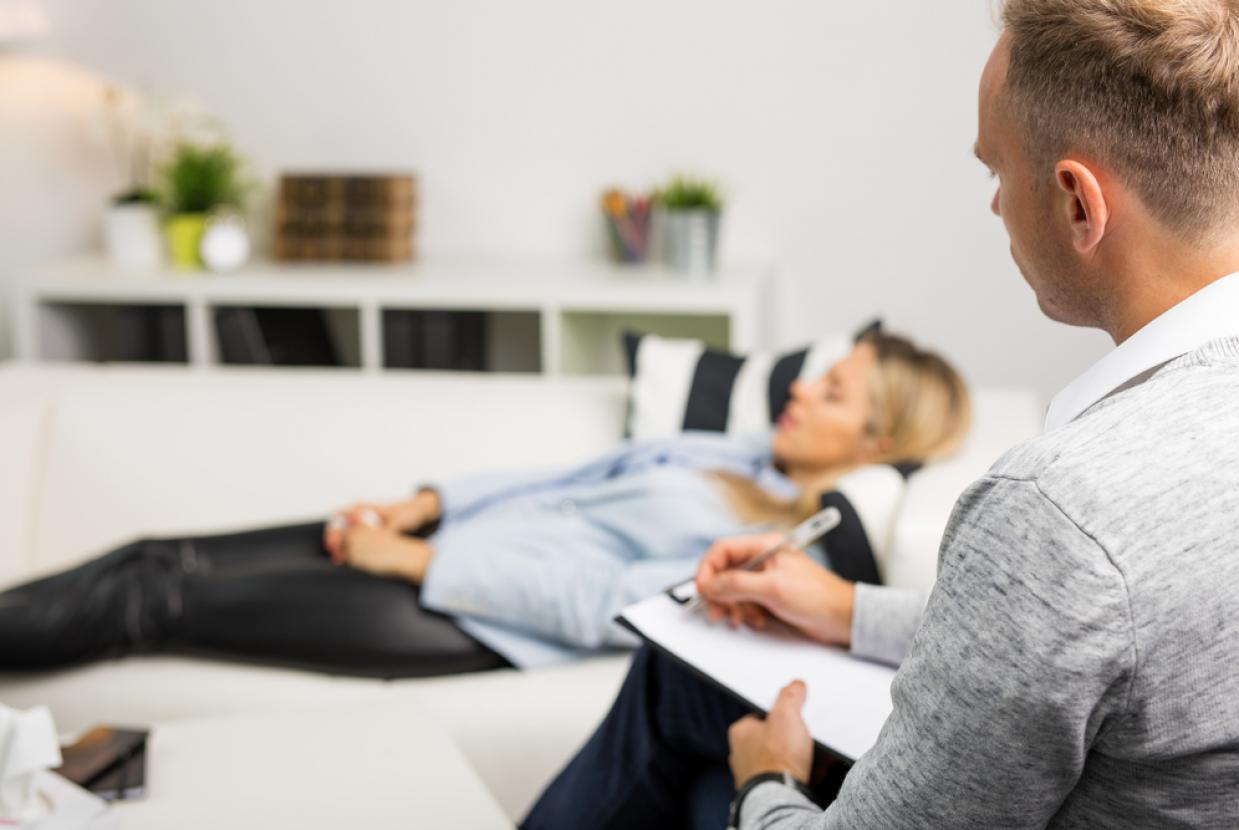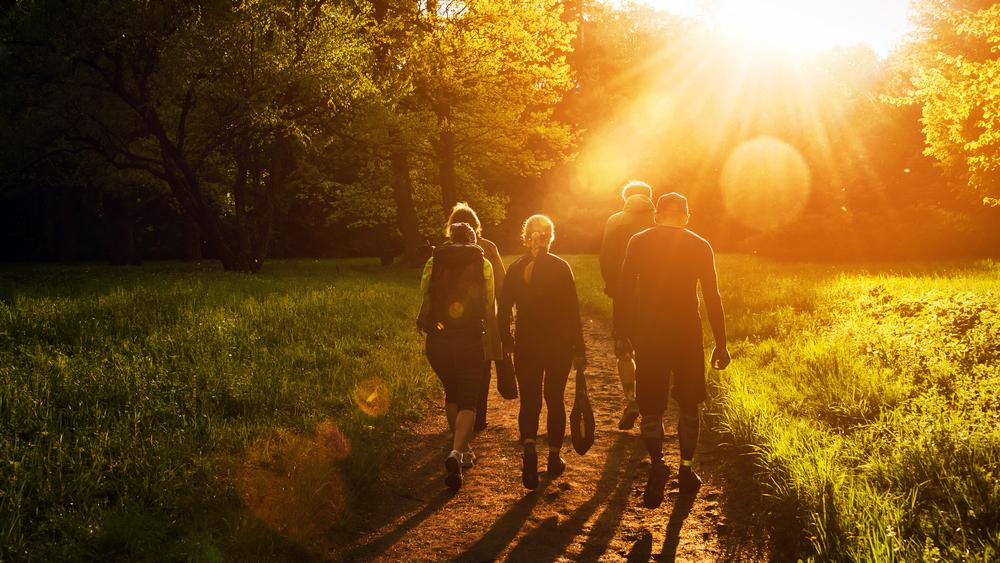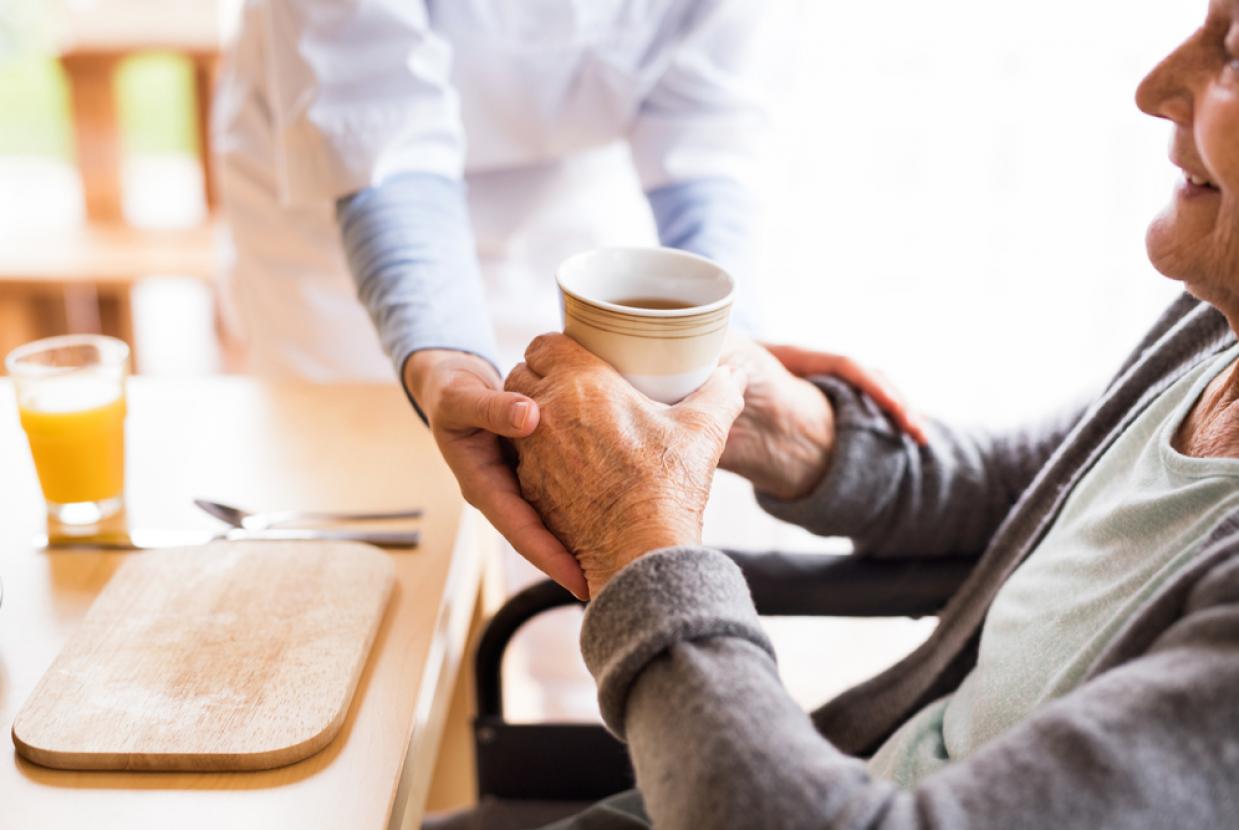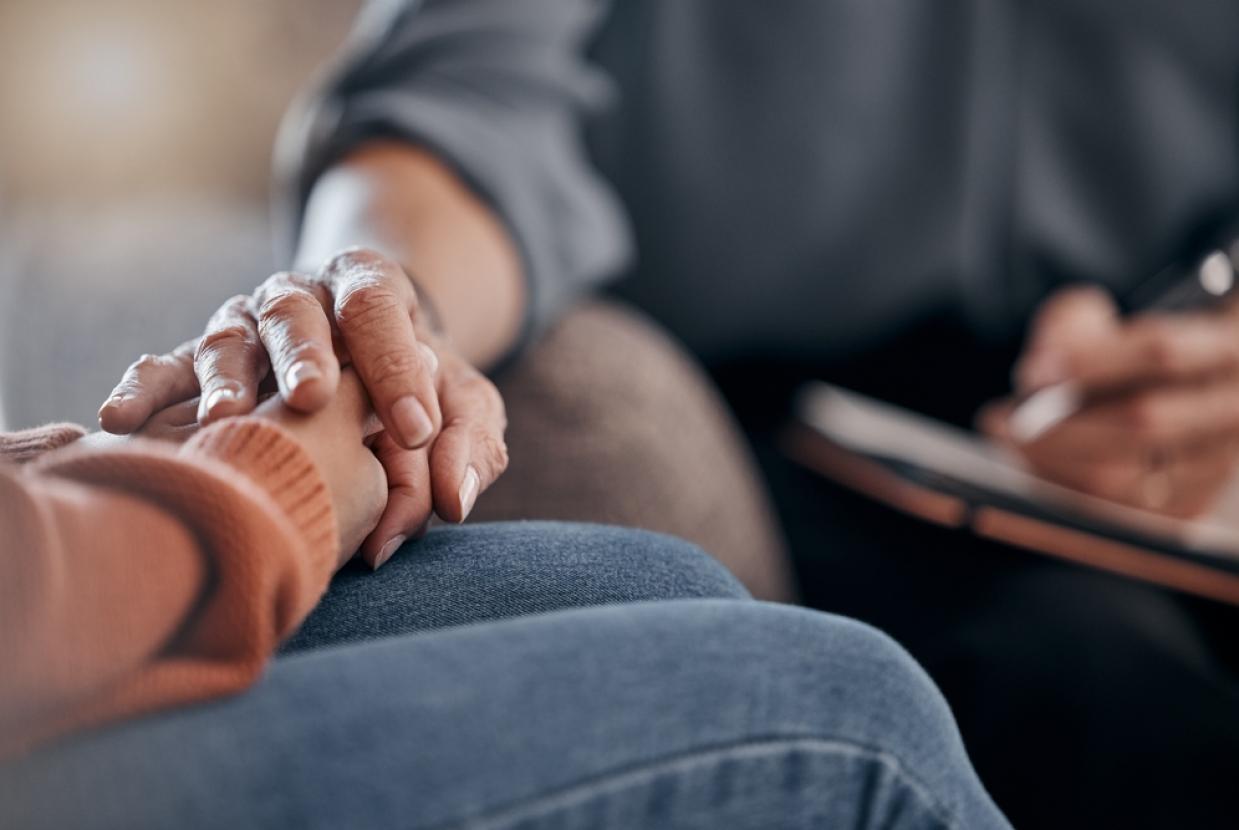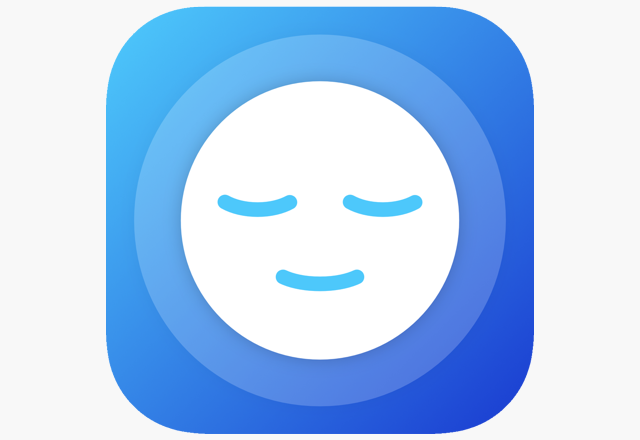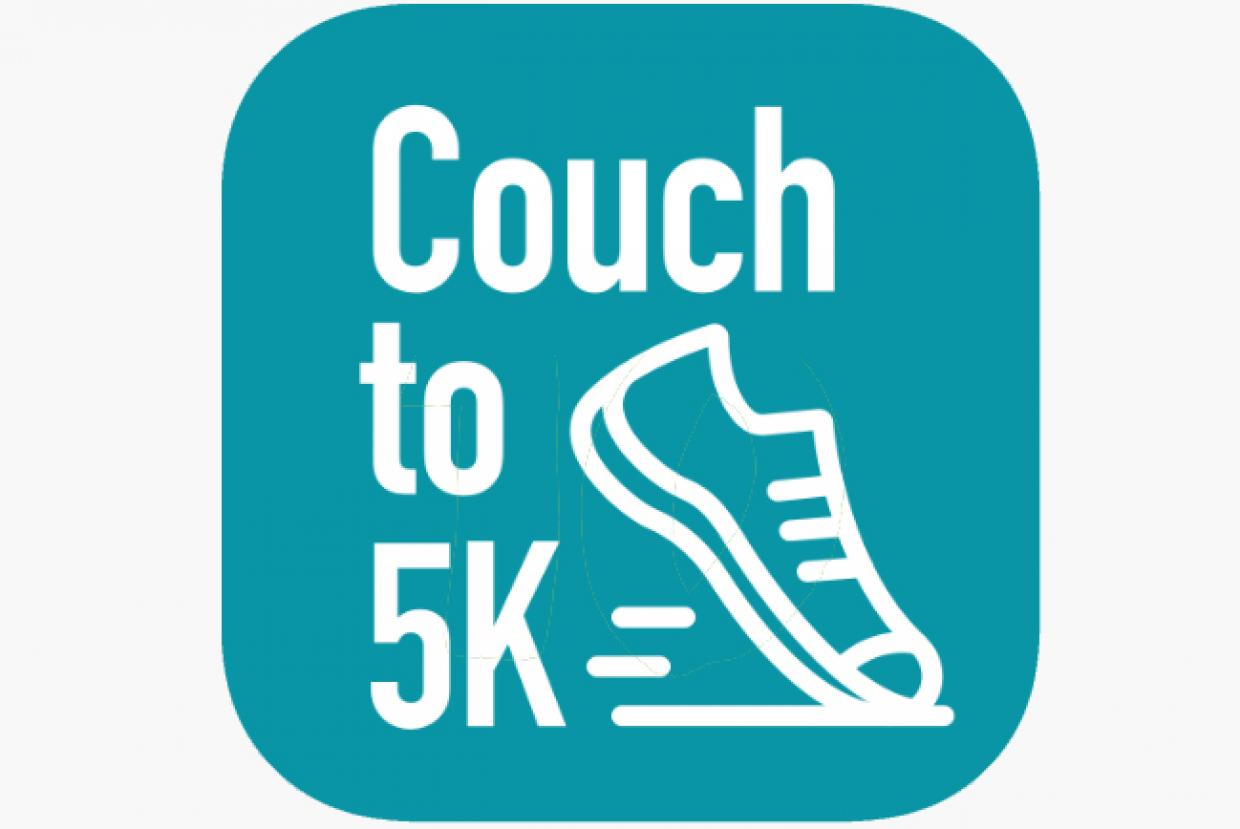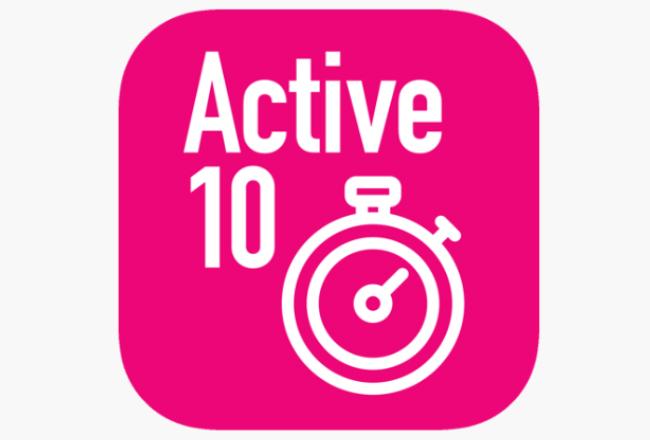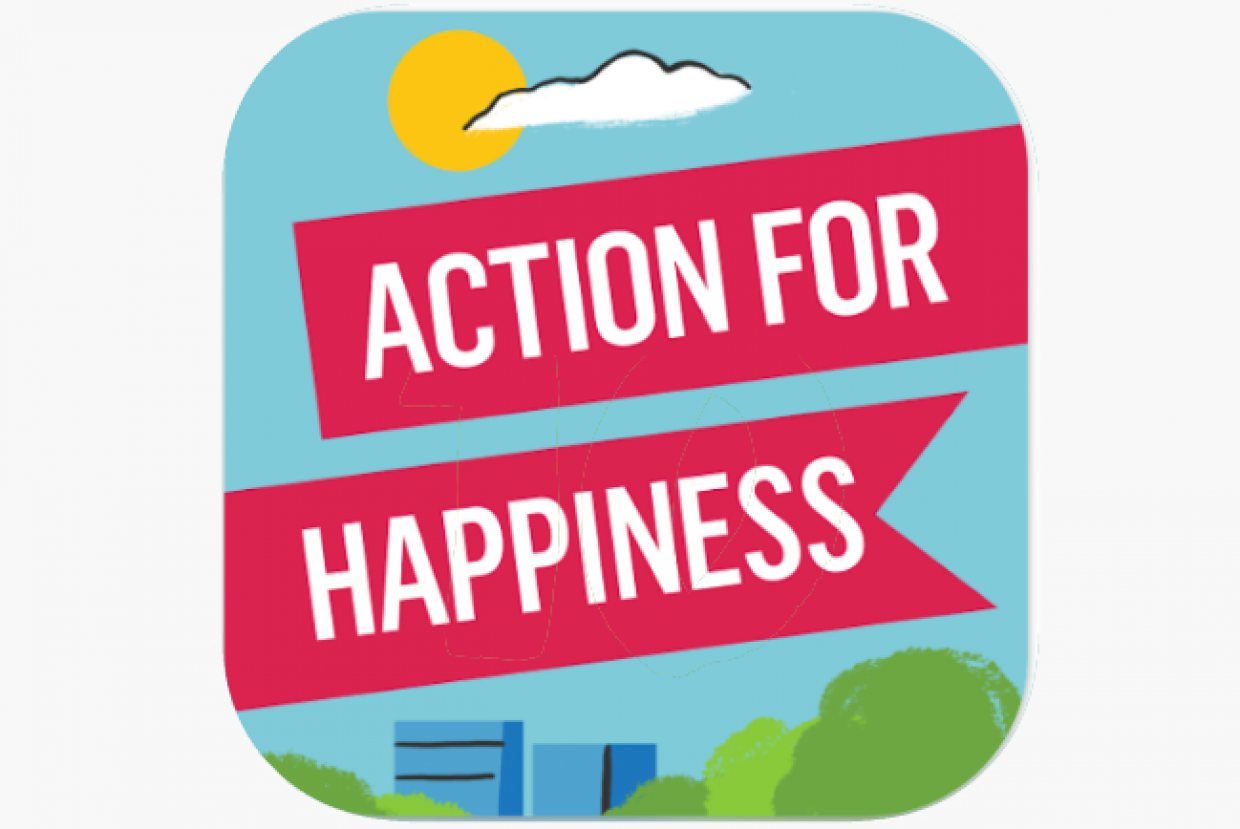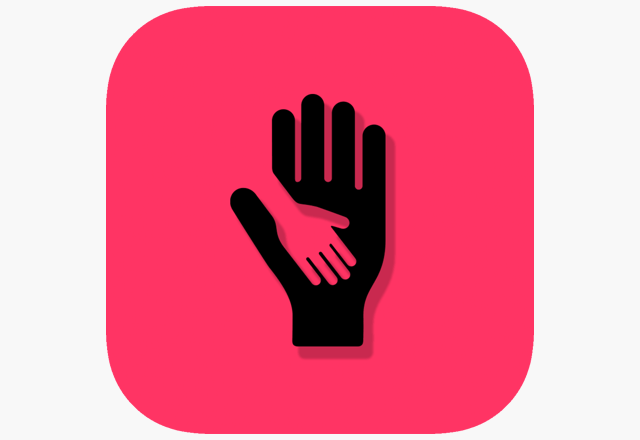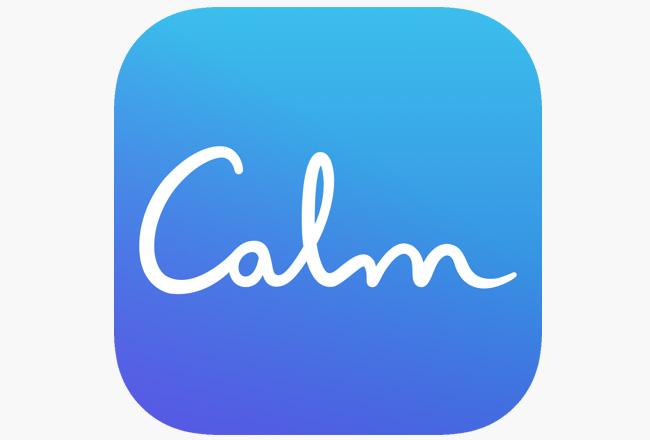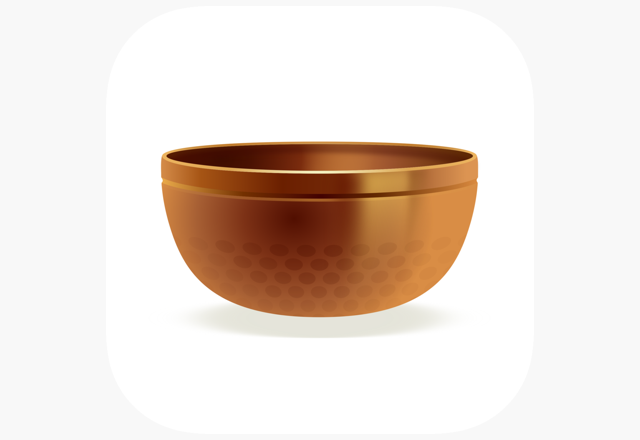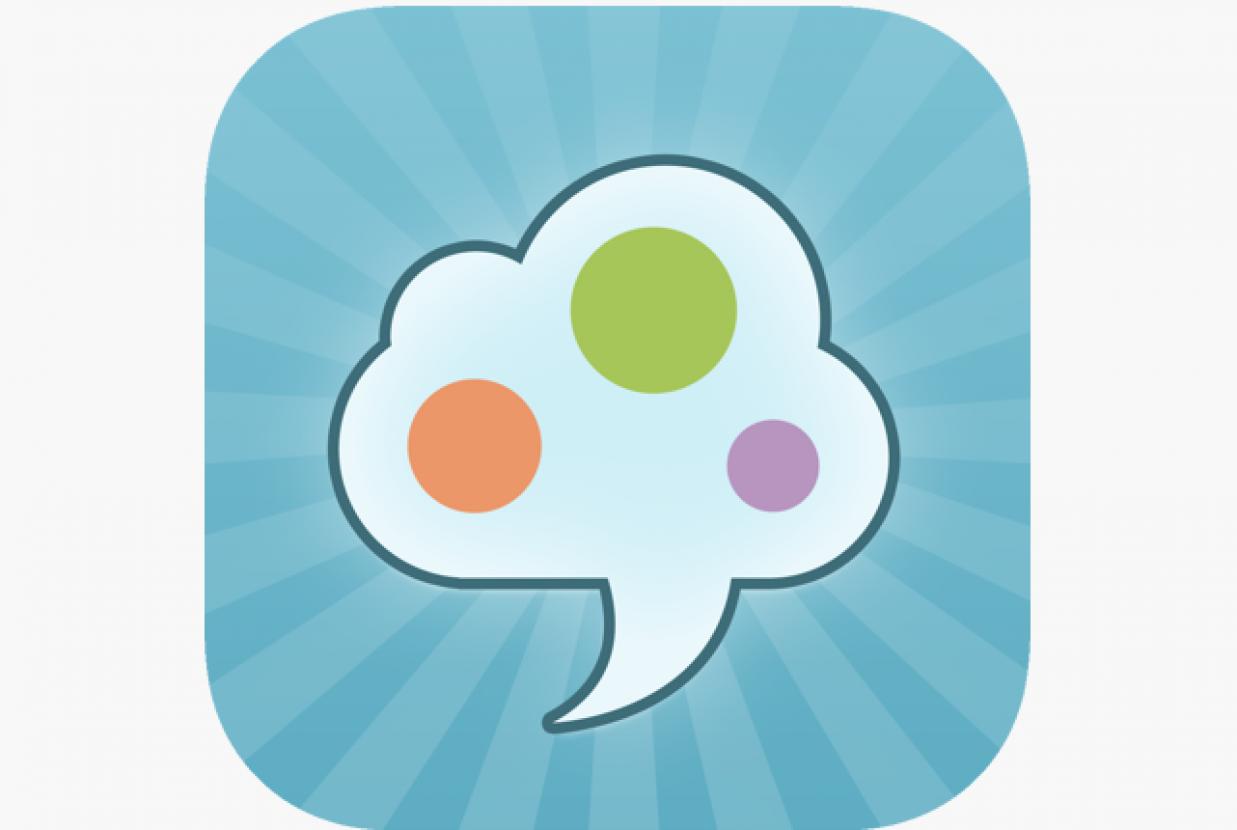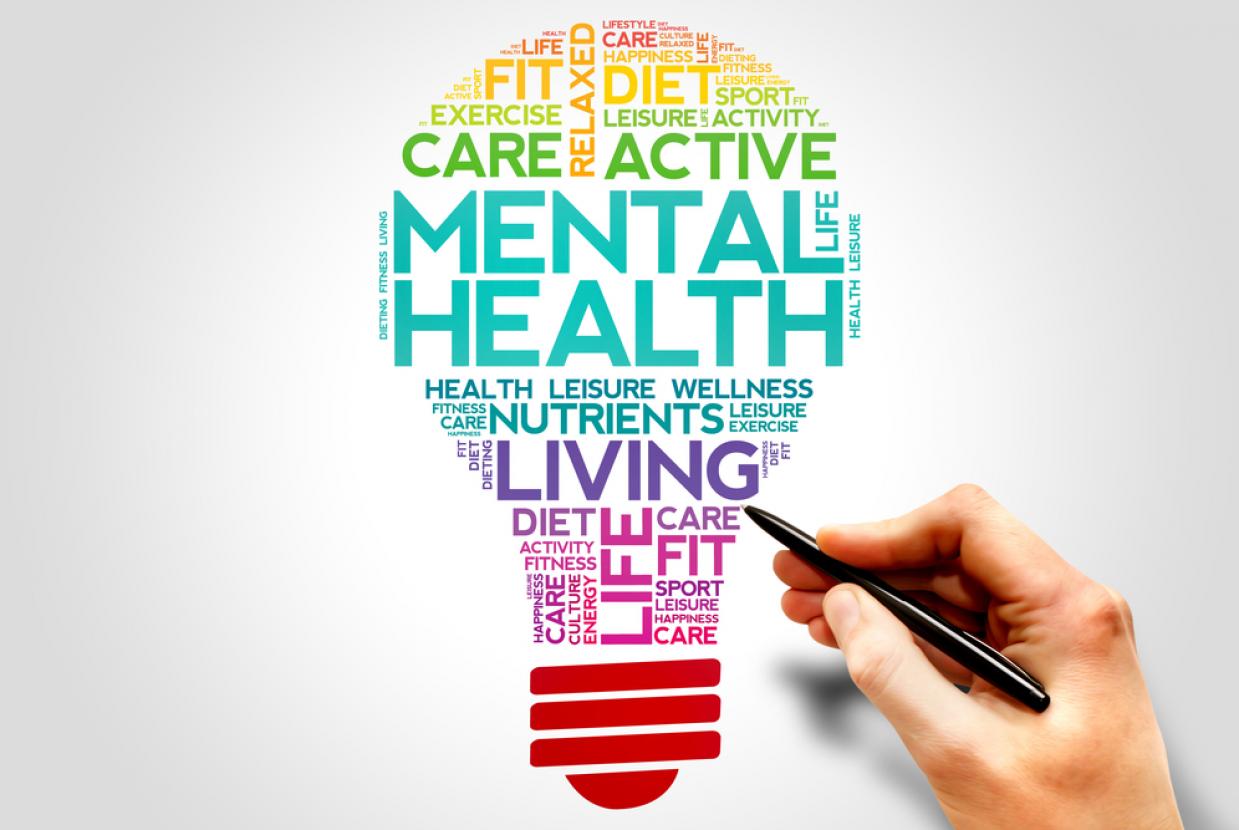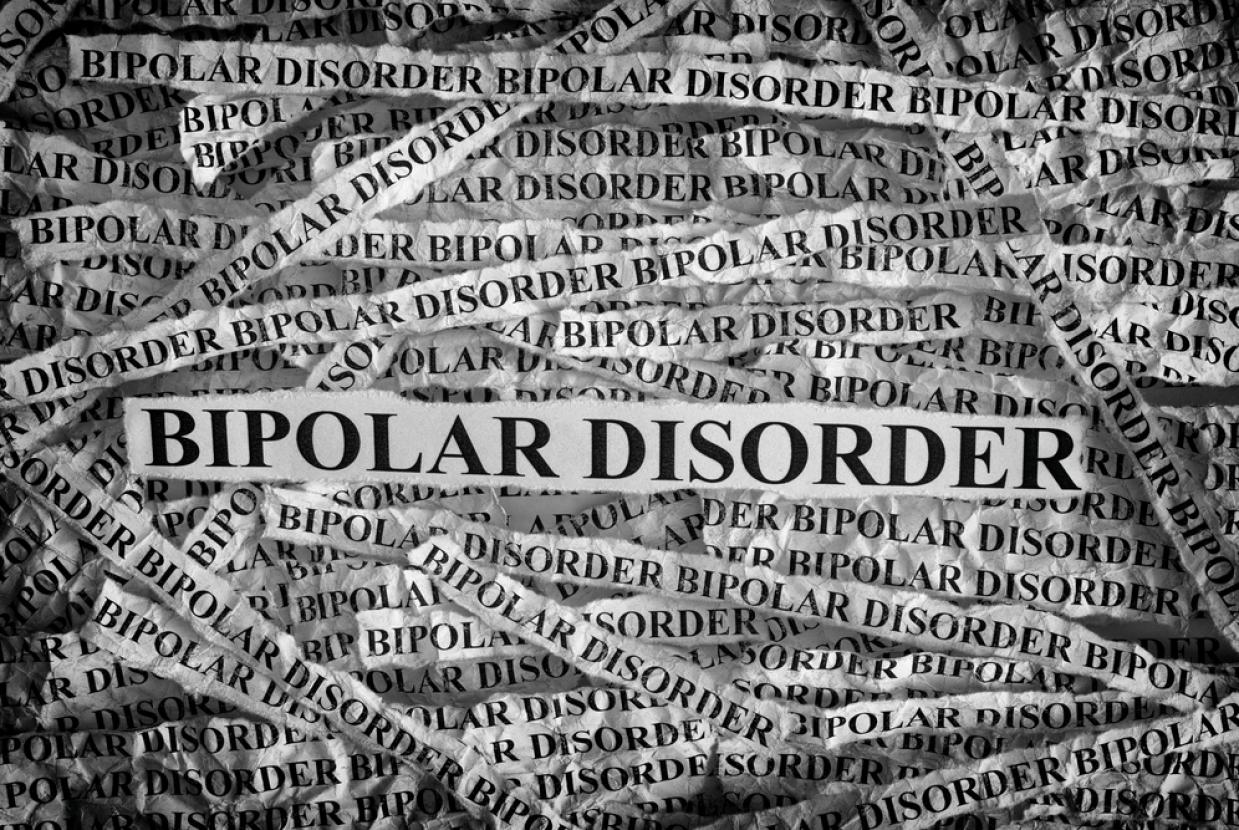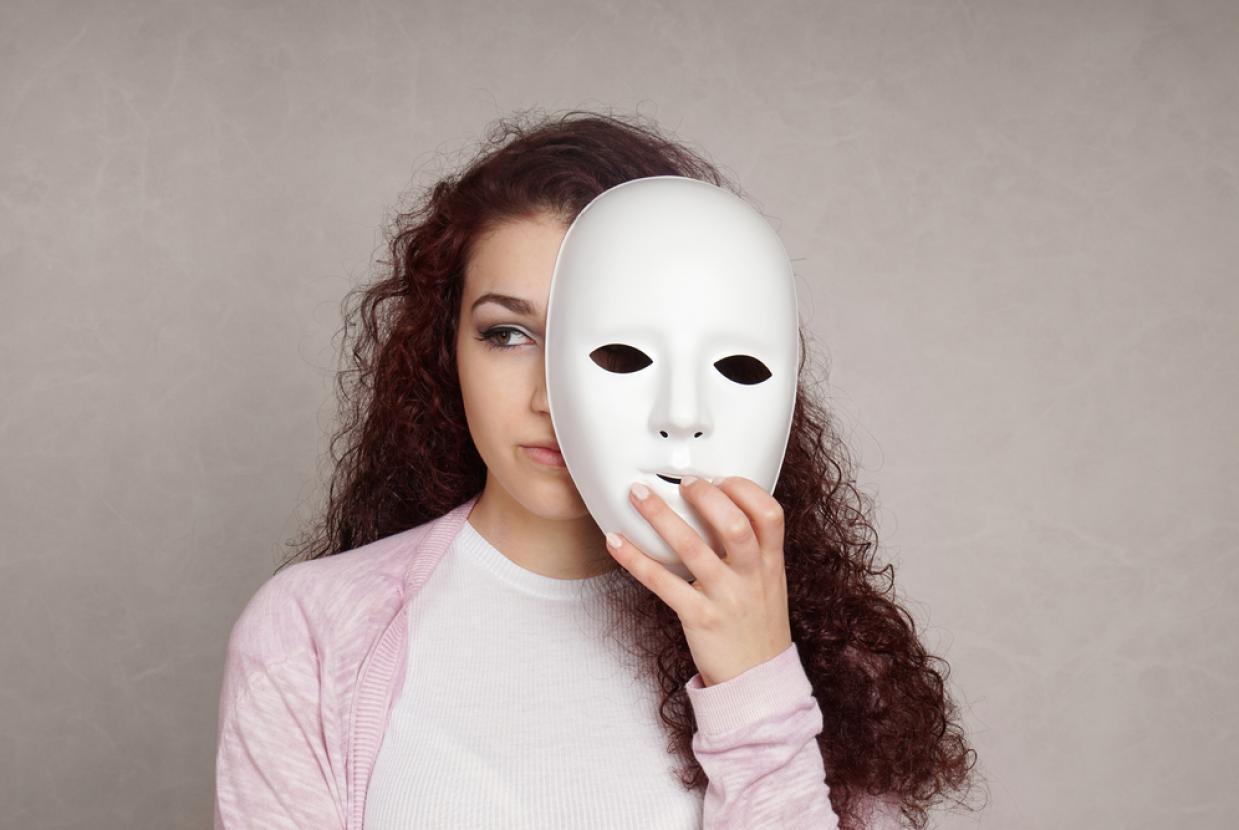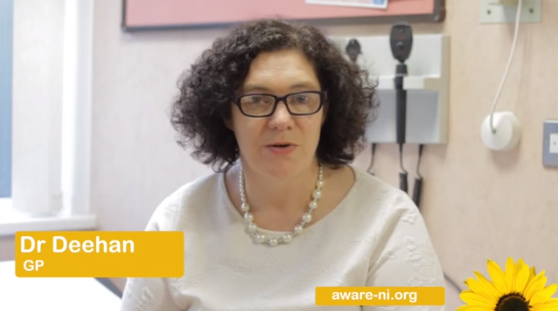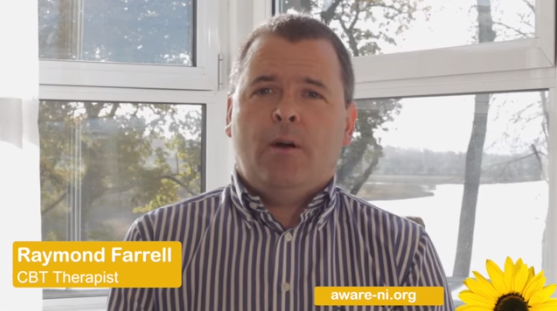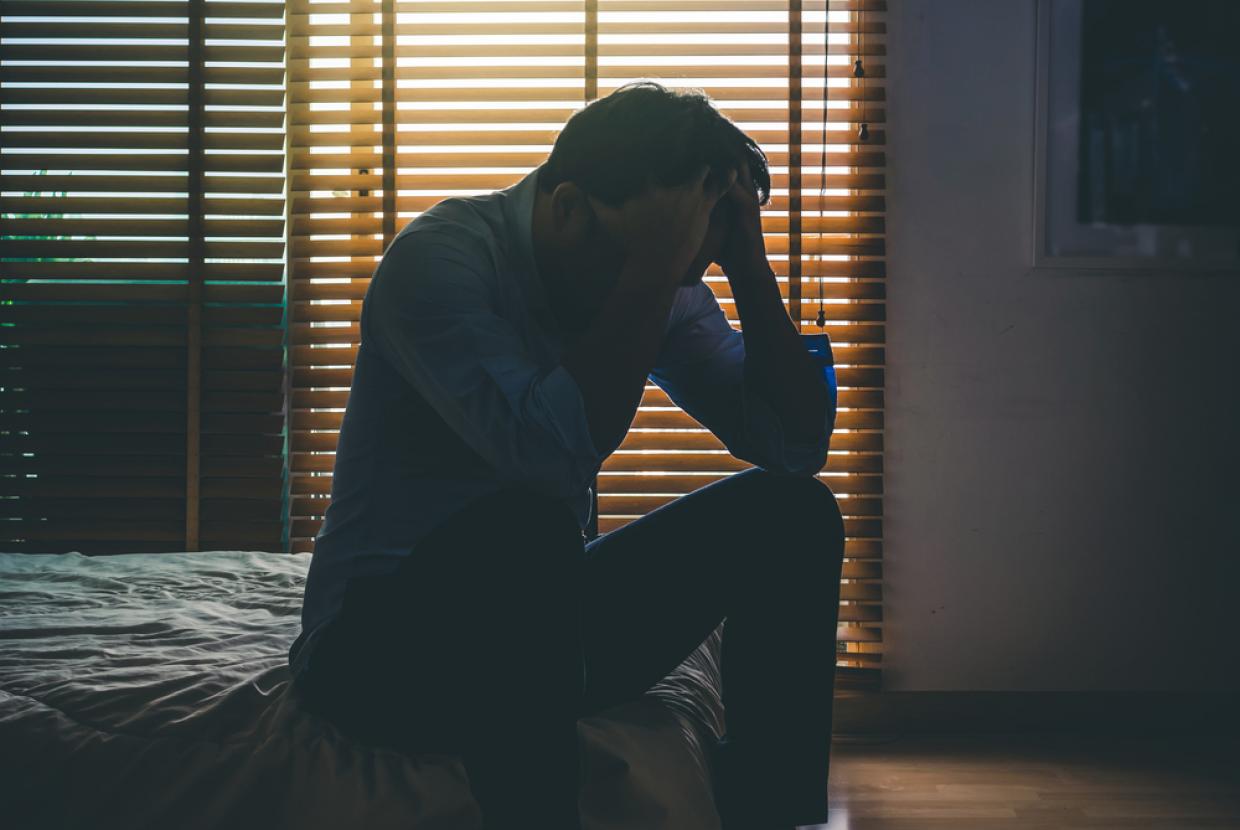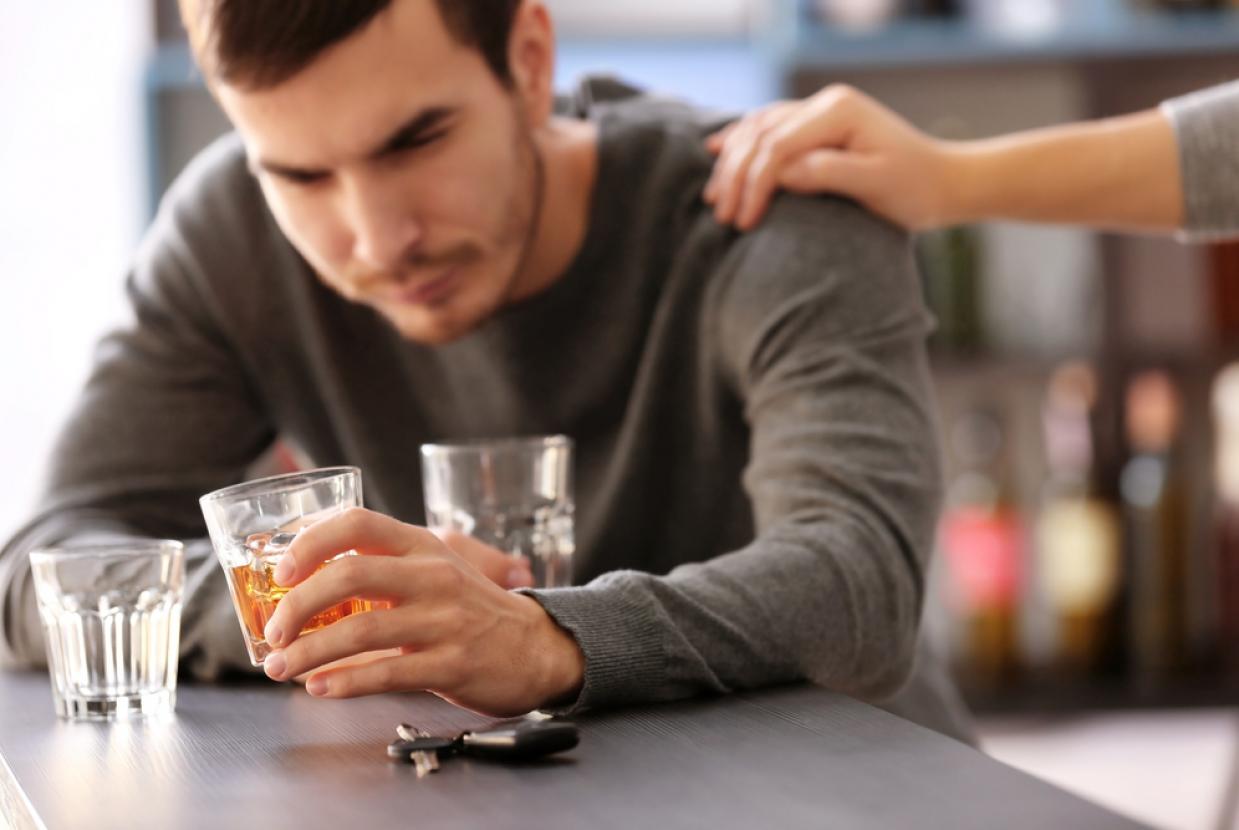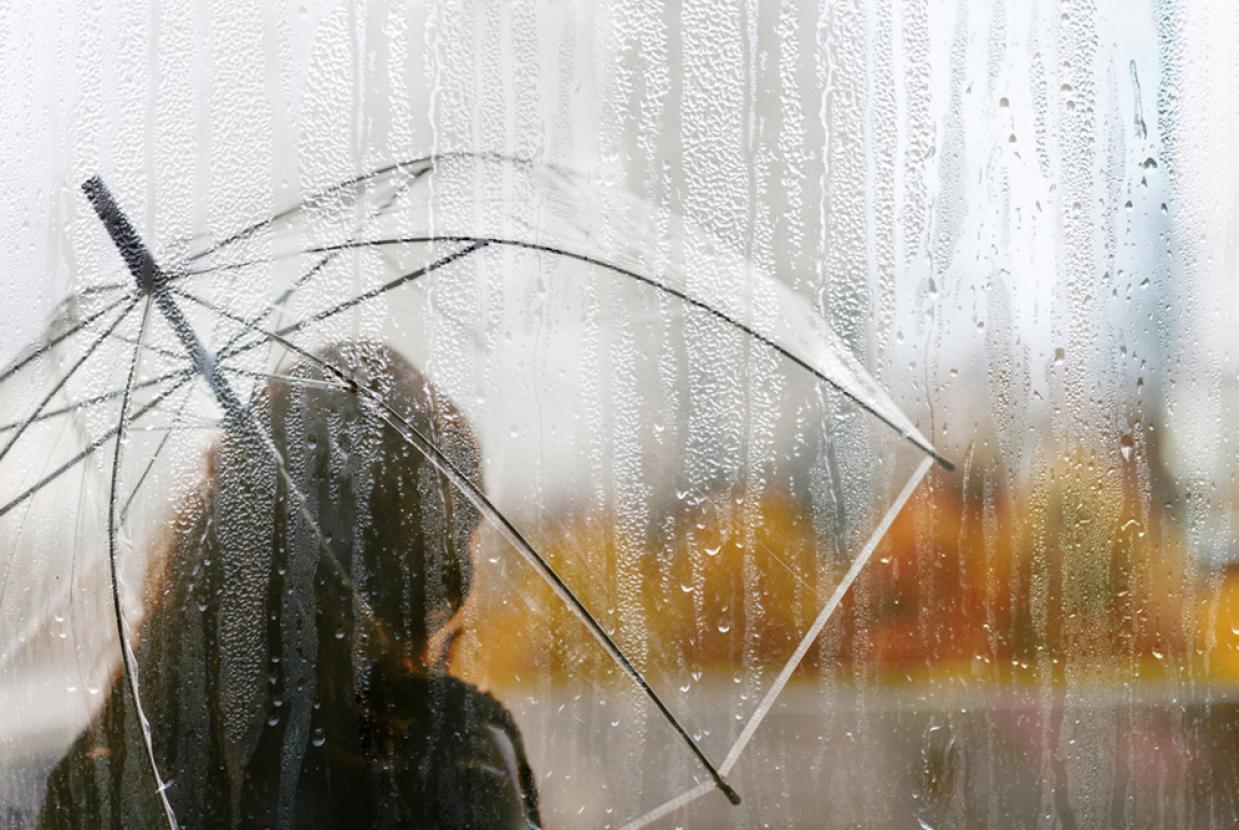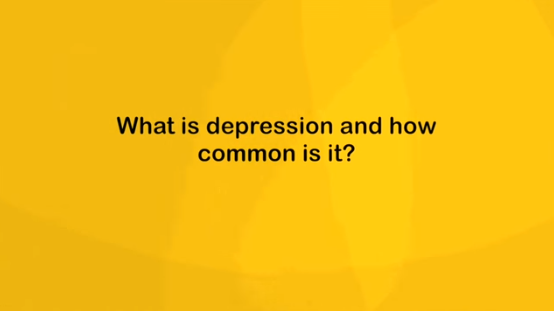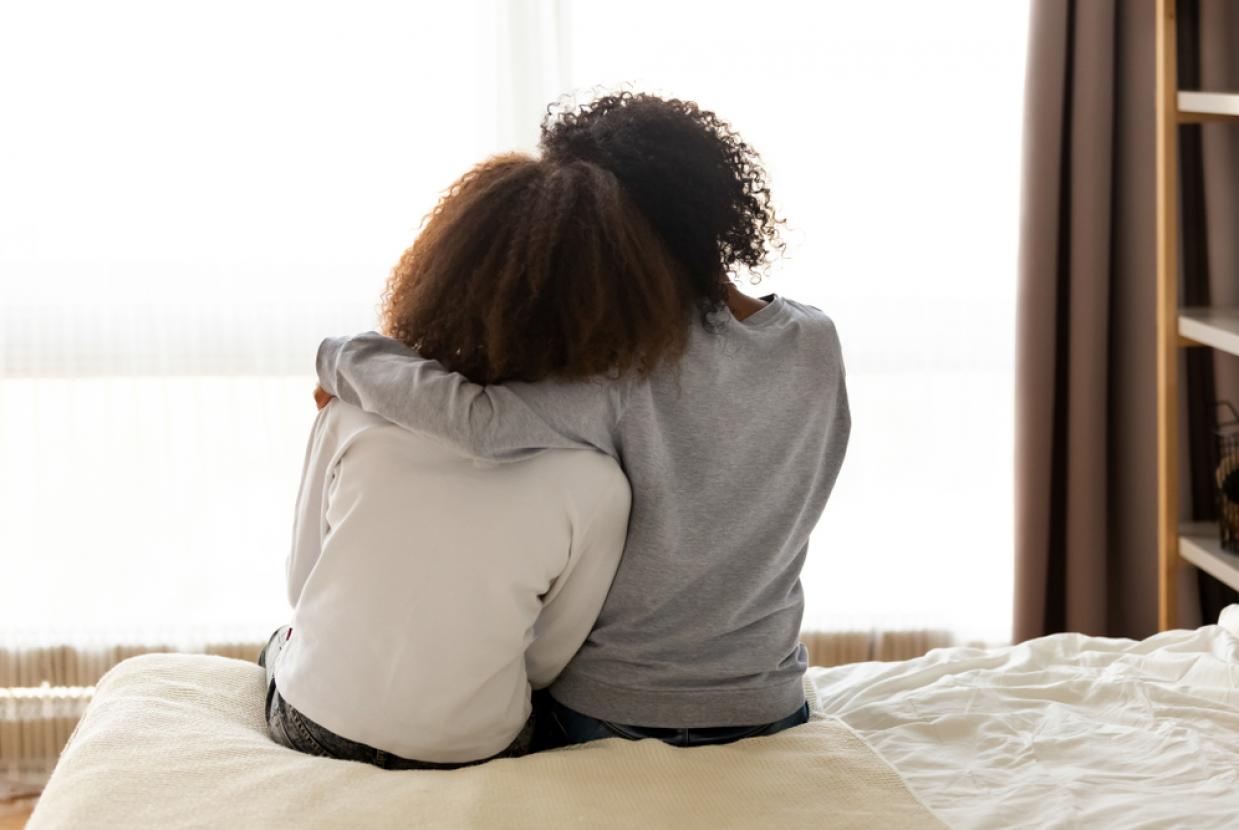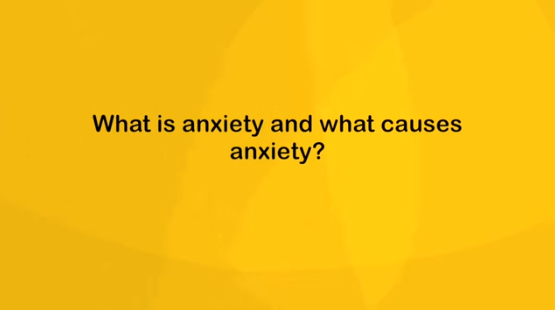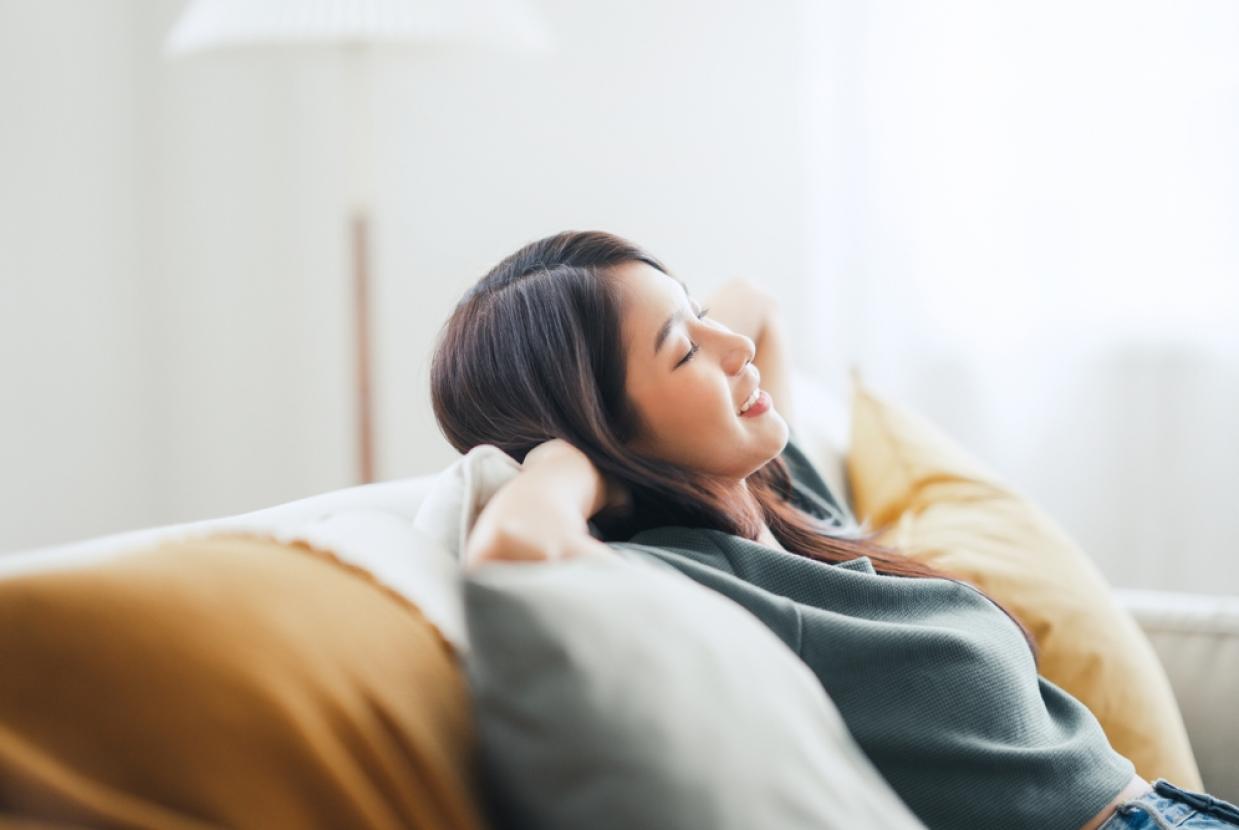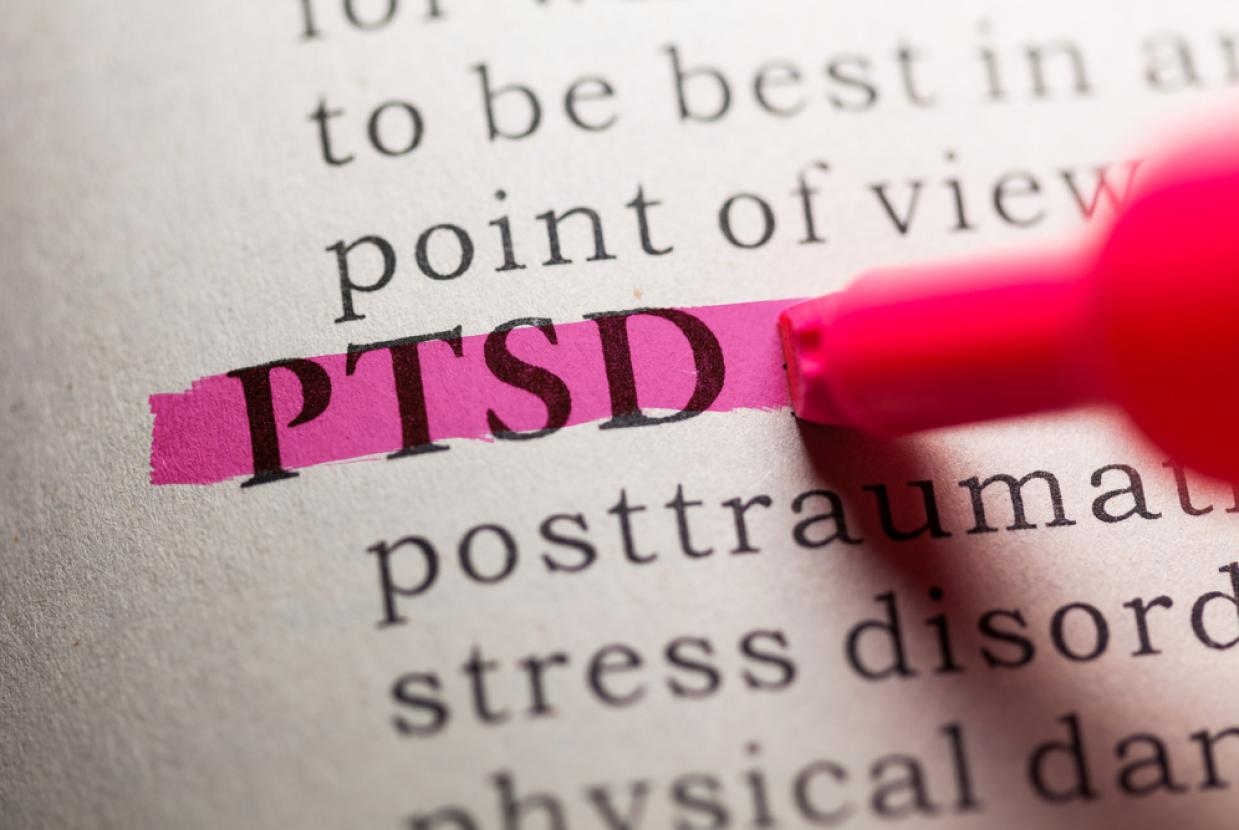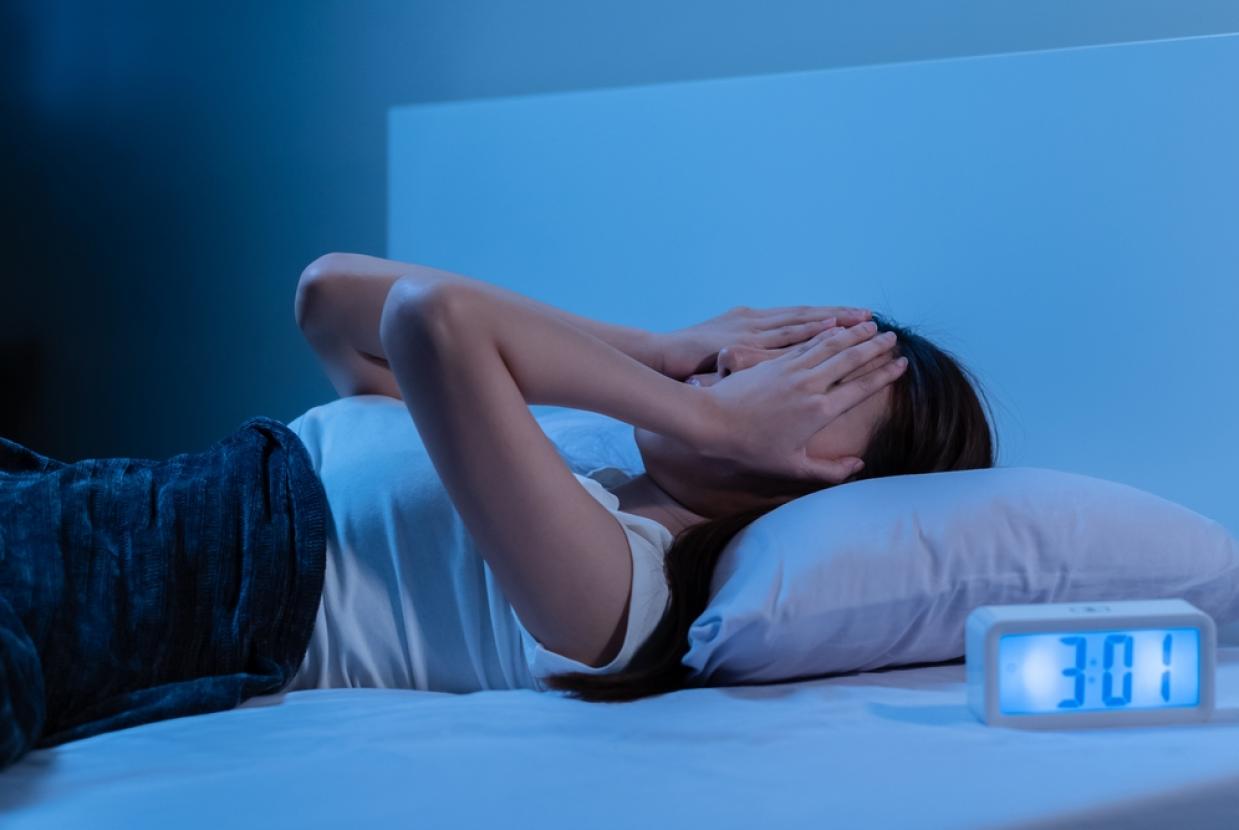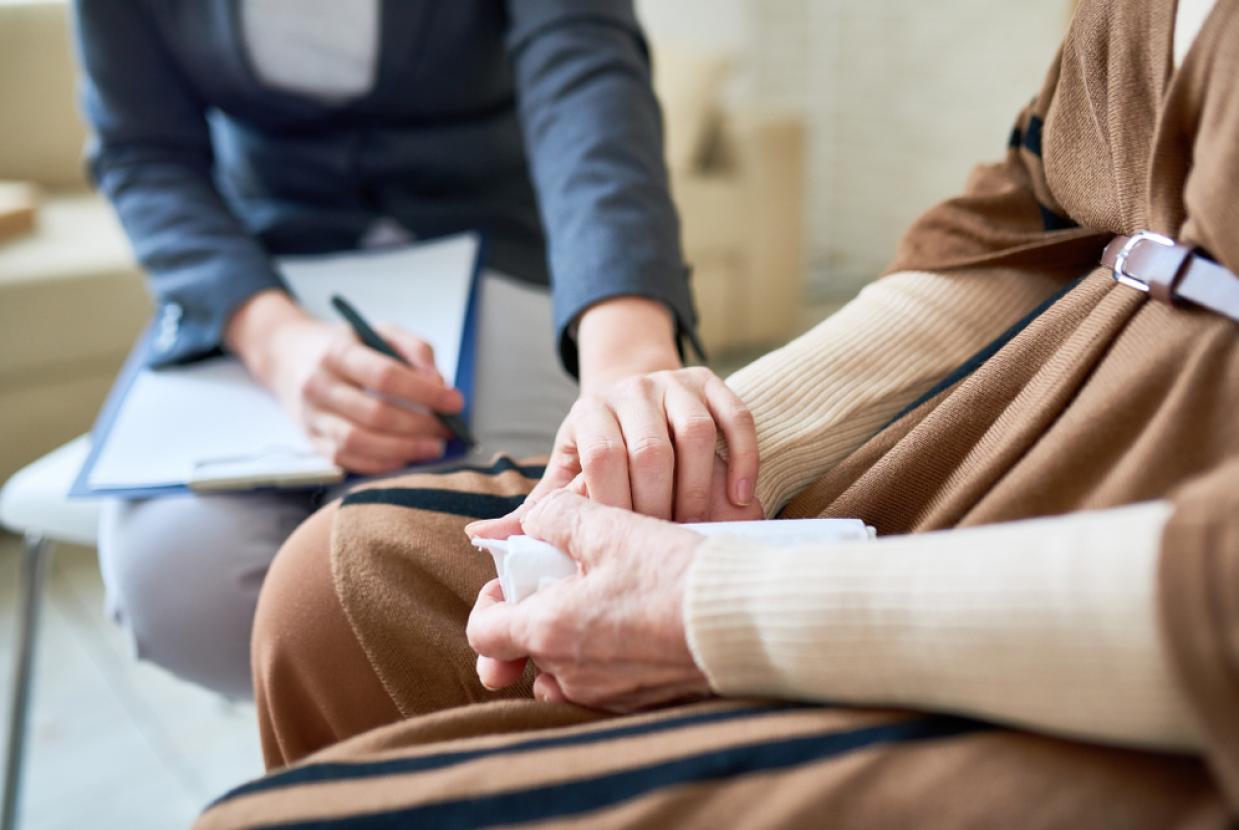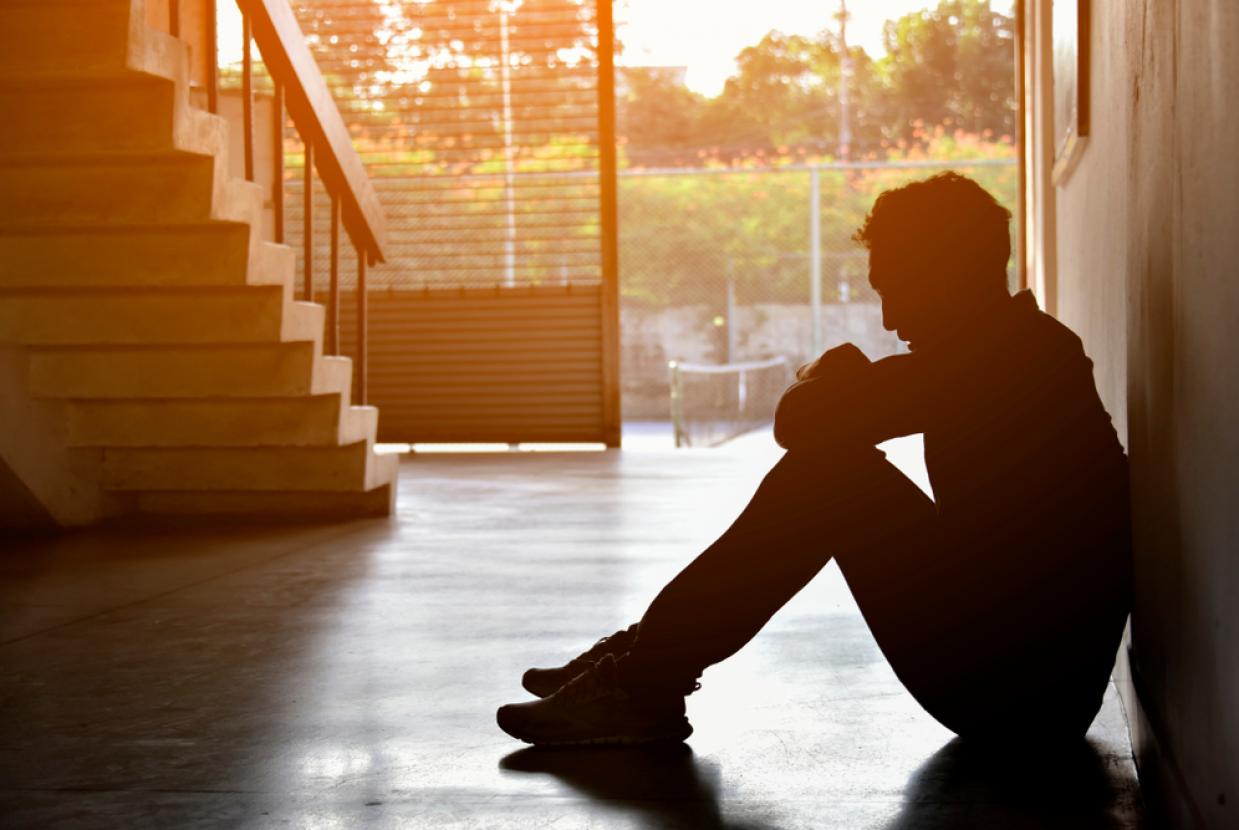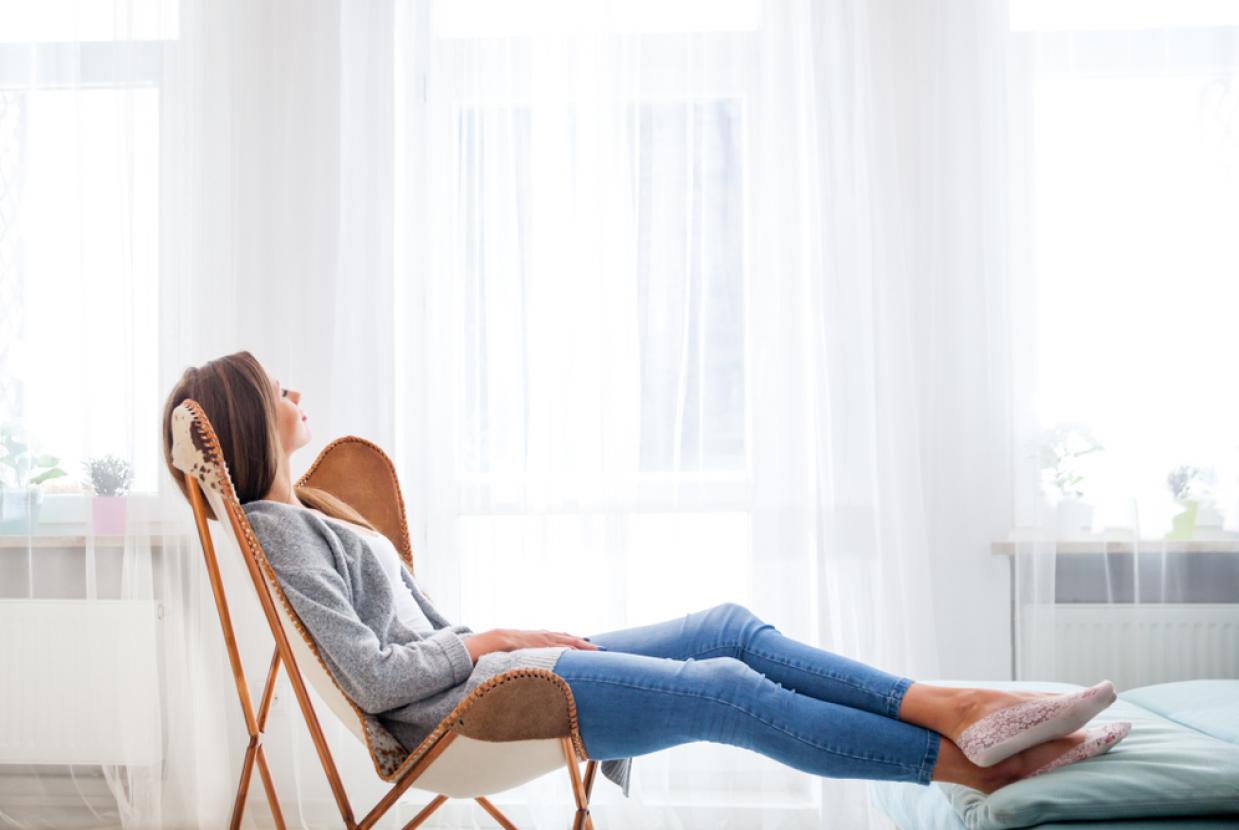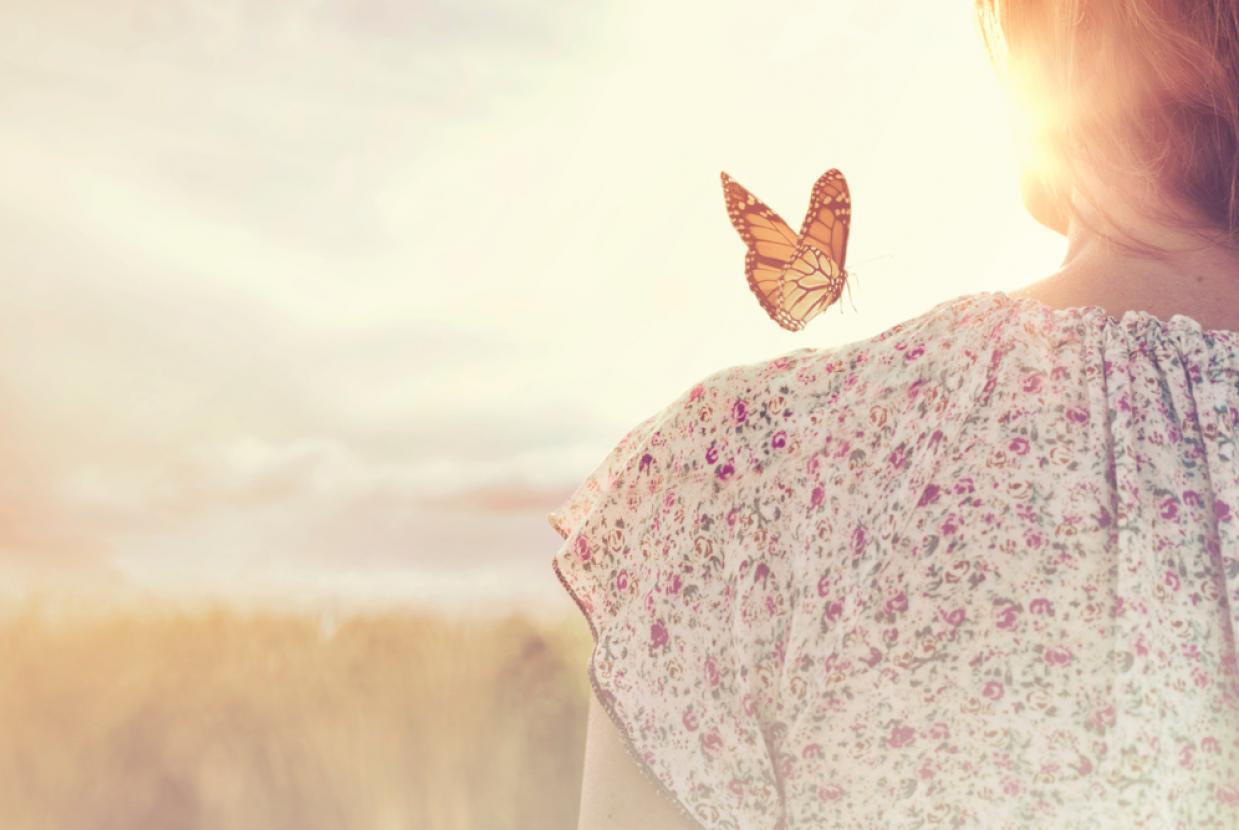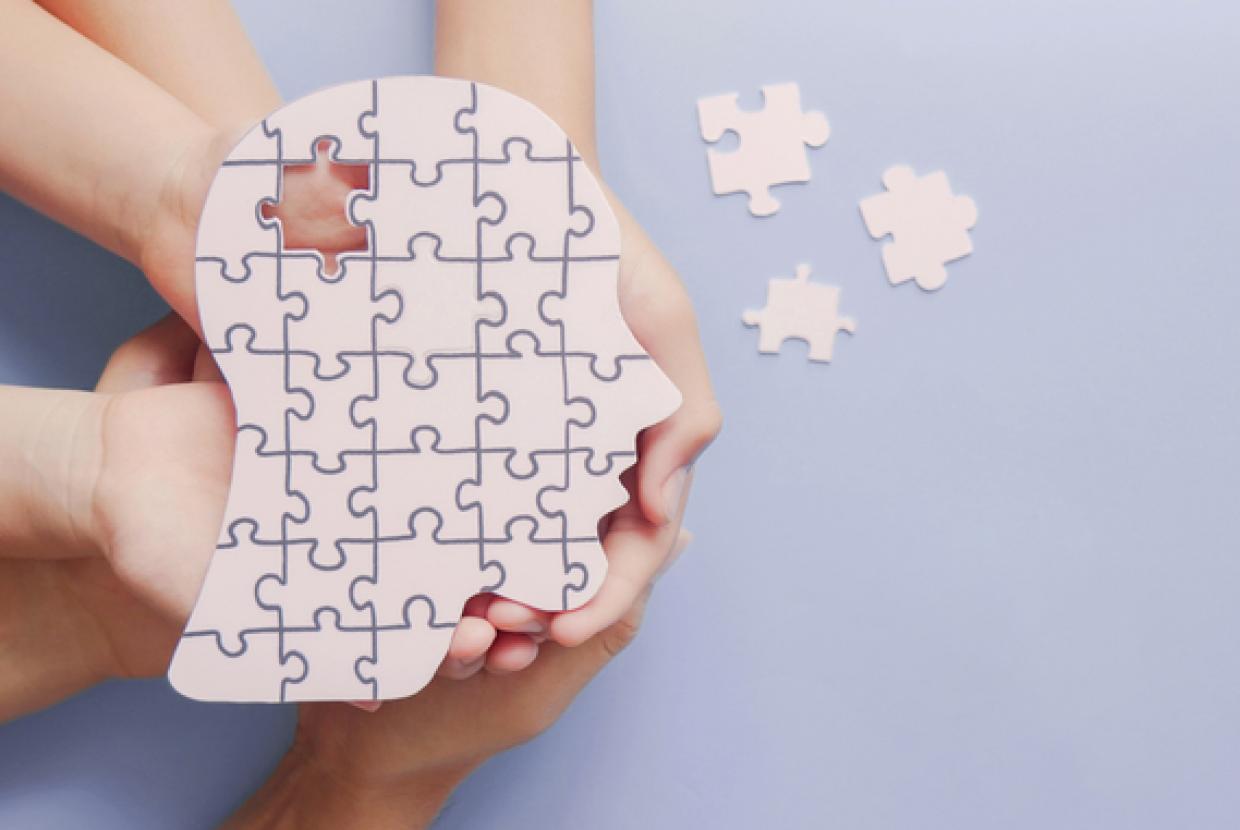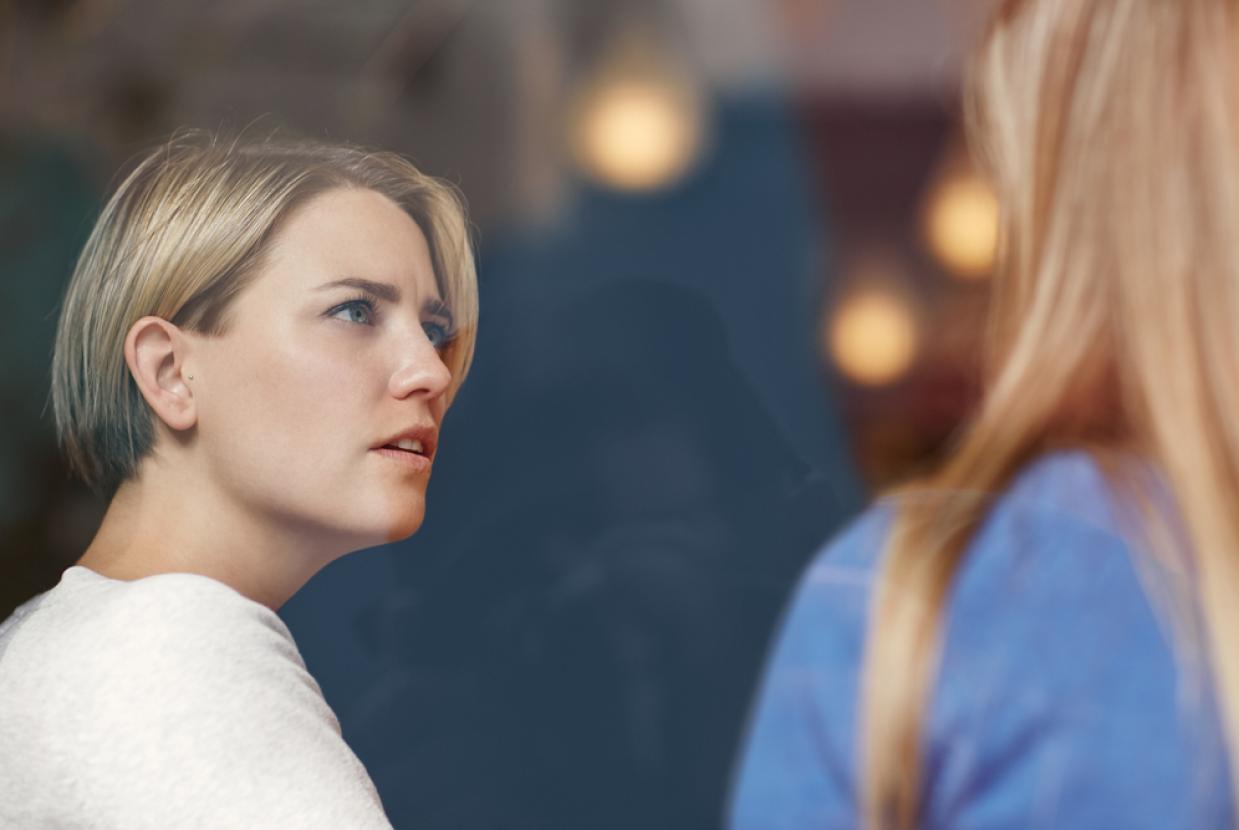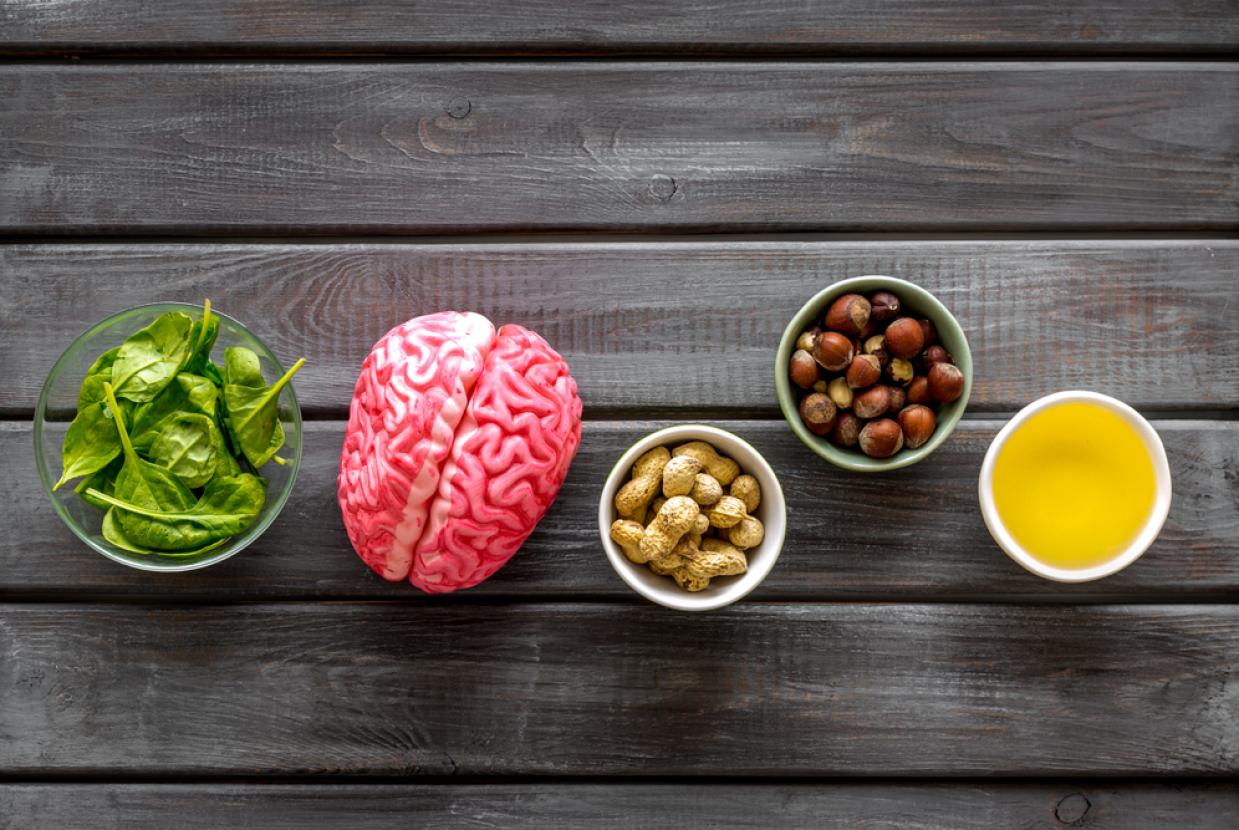How to beat the winter blues
Mental HealthLots of people get depressed in winter, or suffer from "the winter blues". The medical name for this winter depression is seasonal affective disorder (SAD).
If the short, dark days are getting you down, what can you do to feel like yourself again?
Seasonal affective disorder (SAD) is a type of depression that comes and goes in a seasonal pattern.
SAD is sometimes known as "winter depression" because the symptoms are usually more apparent and more severe during the winter.
A few people with SAD may have symptoms during the summer and feel better during the winter.
Symptoms of SADSymptoms of SAD can include:
- a persistent low mood
- a loss of pleasure or interest in normal everyday activities
- irritability
- feelings of despair, guilt and worthlessness
- feeling lethargic (lacking in energy) and sleepy during the day
- sleeping for longer than normal and finding it hard to get up in the morning
- craving carbohydrates and gaining weight
For some people, these symptoms can be severe and have a significant impact on their day-to-day activities.
Read more about the symptoms of SAD
When to see a GPYou should consider seeing a GP if you think you might have SAD and you're struggling to cope.
The GP can carry out an assessment to check your mental health. They may ask you about your mood, lifestyle, eating habits and sleeping patterns, plus any seasonal changes in your thoughts and behaviour.
What causes SAD?
The exact cause of SAD is not fully understood, but it's often linked to reduced exposure to sunlight during the shorter autumn and winter days.
The main theory is that a lack of sunlight might stop a part of the brain called the hypothalamus working properly, which may affect the:
- production of melatonin – melatonin is a hormone that makes you feel sleepy; in people with SAD, the body may produce it in higher than normal levels
- production of serotonin – serotonin is a hormone that affects your mood, appetite and sleep; a lack of sunlight may lead to lower serotonin levels, which is linked to feelings of depression
- body's internal clock (circadian rhythm) – your body uses sunlight to time various important functions, such as when you wake up, so lower light levels during the winter may disrupt your body clock and lead to symptoms of SAD
It's also possible that some people are more vulnerable to SAD as a result of their genes, as some cases appear to run in families.
Treatments for SADNICE recommendationsThe National Institute for Health and Care Excellence (NICE) recommends that SAD should be treated in the same way as other types of depression.
This includes using talking treatments such as cognitive behavioural therapy (CBT) or medicine such as antidepressants.
Light therapy is also a popular treatment for SAD, although NICE says it's not clear whether it's effective.
Things you can try yourself
There are a number of simple things you can try that may help improve your symptoms, including:
- try to get as much natural sunlight as possible – even a brief lunchtime walk can be beneficial
- make your work and home environments as light and airy as possible
- sit near windows when you're indoors
- take plenty of regular exercise, particularly outdoors and in daylight
- eat a healthy, balanced diet
- if possible, avoid stressful situations and take steps to manage stress
It can also be helpful to talk to your family and friends about SAD, so they understand how your mood changes during the winter. This can help them to support you more effectively.










